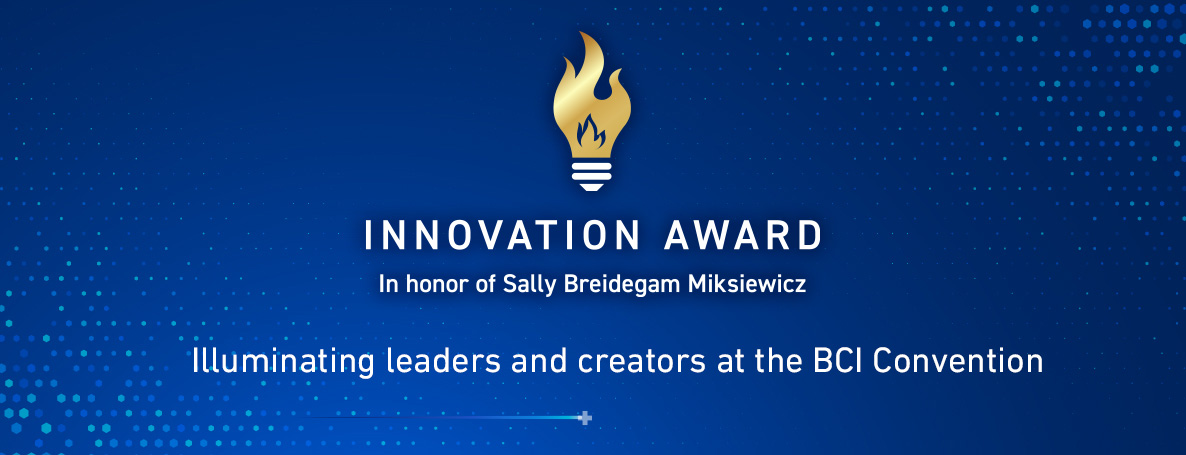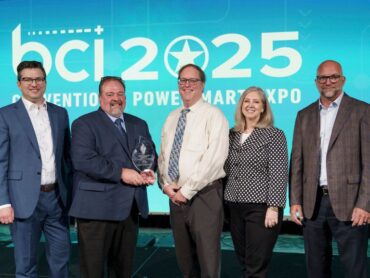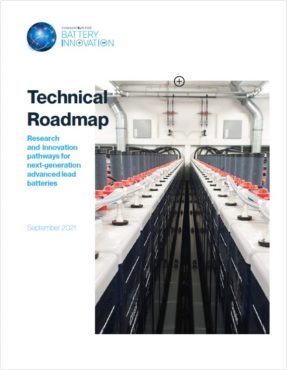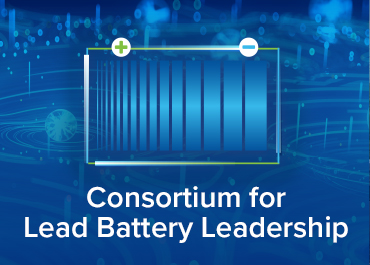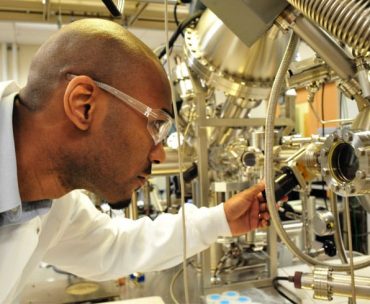The BCI Innovation Award in honor of Sally Breidegam Miksiewicz recognizes innovations within the battery industry that align with the guidelines of sustainability, safety, cost, performance, uniqueness and value.
The submission process is now officially open for our 2026 Innovation Award, which will be announced as part of the BCI Convention + Power Mart Expo in Nashville on May 5. The deadline for submissions is Jan. 31, 2026.

